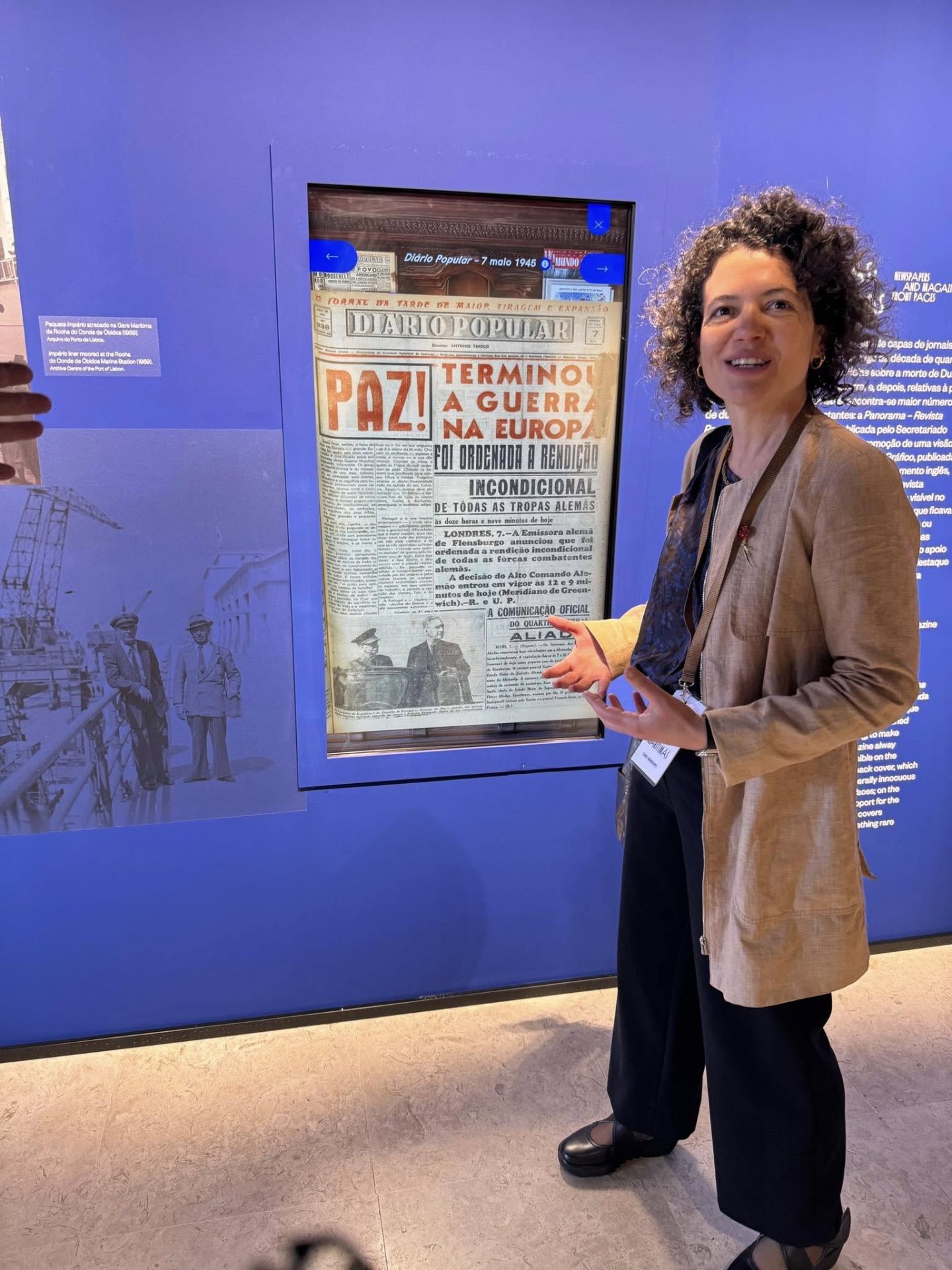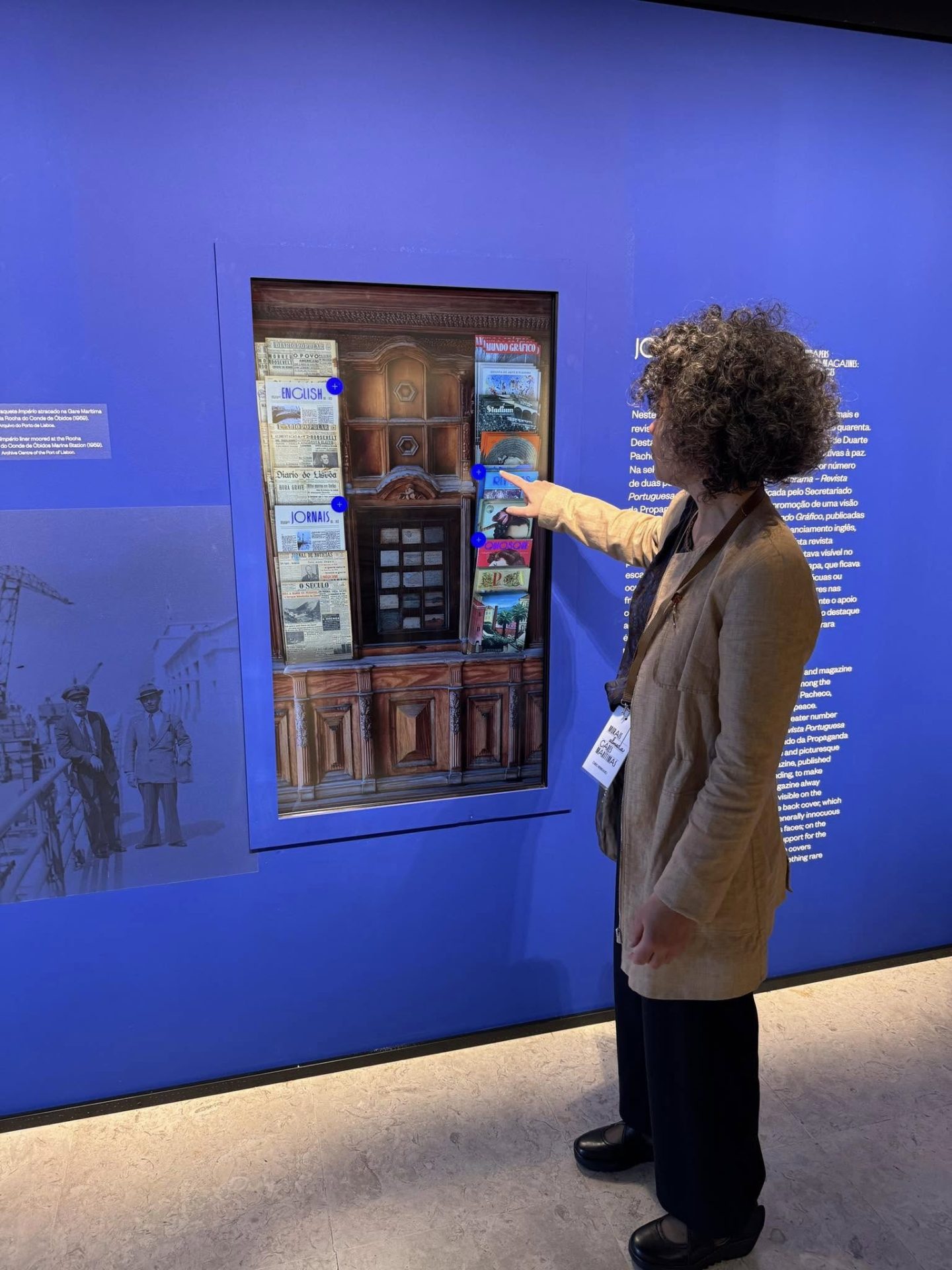‘This Interpretation Centre [Almada Murals at the Maritime Stations] draws attention to a unique work in the Portuguese 20th century panorama, which did not follow the logic of themes expected in public commissions during the Estado Novo dictatorship. Almada [Negreiros] depicted poverty and emigration, and he did so with a bold pictorial language that was also very different from what was expected in a public work, especially in the second [maritime] station. That is why it is necessary to get to know these paintings and they can now be visited all year round. You can also find studies and references used by the artist, as well as documentation relating to the controversy the paintings stirred up and which threatened to destroy the whole project for the Rocha do Conde de Óbidos.
‘On the other hand, the Interpretation Centre places Almada Negreiros’ murals in a broader historical context, as it looks at what life was like at the stations during and after the Second World War. In this way, the Centre becomes a space of memory of key moments in 20th century history that passed through the maritime stations: the passage of refugees during World War II, emigration, colonisation, the departure of soldiers for the colonial war and their return, the arrival of students for the Casa dos Estudantes do Império, such as Amílcar Cabral or Mário Pinto de Andrade, or the return of the white Portuguese population who lived in the colonised territories and had to leave in the process of decolonisation after April 25th, 1974.’
‘The biggest challenge was to combine knowledge from different areas and about different eras. Above all, the biggest challenge was trying to show how, through these mural paintings, you can summon up a series of historical information that is very relevant to understanding the paintings themselves, and what lives and experiences, many traumatic, they witnessed.
‘The aim was to show that Almada did not paint those themes just anywhere, but at a pivotal point in social and political events, and he was aware of this, because instead of invoking the distant past glorified in the nationalist narrative of the Estado Novo propaganda, he questioned and dialogued with his own time.’

IHA – NOVA FCSH / IN2PAST researcher Mariana Pinto dos Santos is the scientific curator of the Almada Interpretation Centre. © Sara Charneca

2025 © IN2PAST. All rights reserved.
IN2PAST – Associate Laboratory for Research and Innovation in Heritage, Arts, Sustainability and Territory is funded by FCT – Fundação para a Ciência e a Tecnologia, I. P. under reference LA/P/0132/2020 (DOI 10.54499/LA/P/0132/2020)